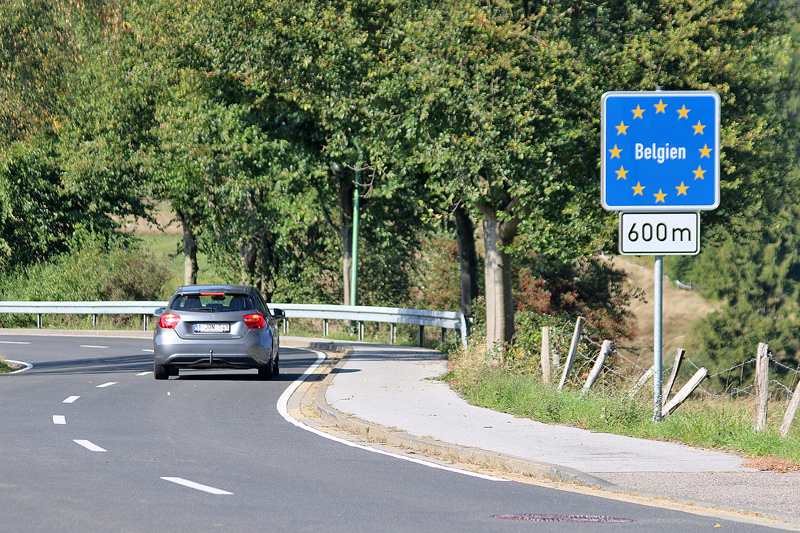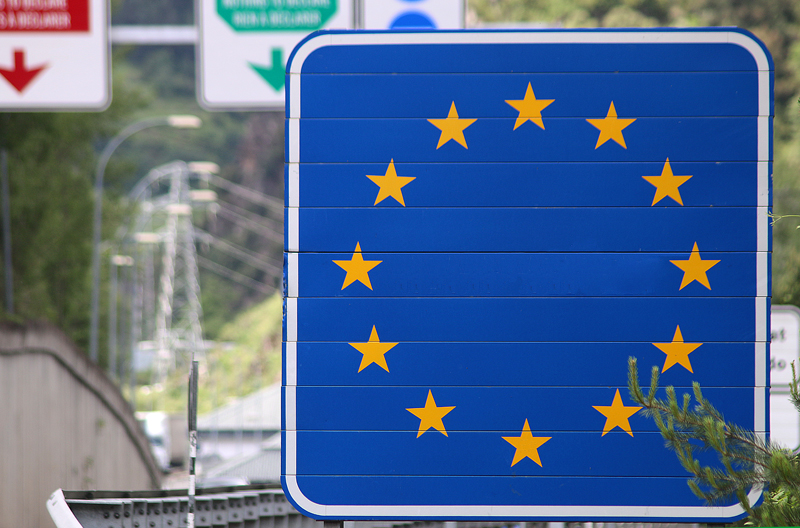If you plan on visiting any of 30 certain countries and territories in Europe starting sometime in 2025, be prepared to pay seven euros for the privilege, as the United States is one of 60 countries and territories that are eligible for the new mandatory European Travel Information and Authorization System, which is not a visa. Rather, it is an electronic travel authorization for nationals who are not from the European Union who do not need a visa to visit countries which are part of the Schengen Area of Europe.
Visiting Much of Europe Will Cost More in 2025

Although the European Travel Information and Authorization System is purportedly not the same as a visa — it is relatively quicker, completed online instead of in person, and requires no biometric information — a procedure is necessary to acquire it at a cost of seven euros, which is similar to the Electronic System for Travel Authorization program of the United States, whose fee increased by seven dollars back on Thursday, May 26, 2022.
The European Travel Information and Authorization System is expected to be valid for an unlimited number of entries over a period of three years. Once travelers are within the European Union, they can move freely around it as much as they want for as long a period of time as they want — up to a maximum of 90 days for every period of 180 days — at no extra cost. Residents of the member countries of the European Union are exempt from the European Travel Information and Authorization System.
The application process — which is for eligible travelers who are between 18 years of age and 70 years of age and requires a valid passport, an e-mail address, and a debit card or credit card to complete the application process — will be via a largely automated information technology system, with approval granted “within minutes” for an estimated 95 percent of applicants; and the applicant will receive a confirmation message with the travel authorization sent to the e-mail address provided.. The maximum time which is needed for approval could be up to a month in what would be considered “very exceptional cases.” Anyone whose application has been denied will have the right to appeal.
Whether a reduced rate — or any rate at all — applies to travelers who are younger than 18 years of age or older than 70 years of age remains to be seen at the time this article was written.
Although the program is expected to be implemented some time in 2024, the exact date for applications has not yet been announced.
The European Commission introduced the idea of a European Travel Information and Authorization System in 2016. After being approved by the European Parliament, the European Travel Information and Authorization System Regulation was passed on Thursday, July 5, 2018.
The European Travel Information and Authorization System was originally expected to take approximately five years to become operational — meaning by the end of 2021 — and be fully implemented by 2022. However, several delays mean that the system is not live yet.
Final Boarding Call

Initially set to be effective in 2021, the implementation of the European Travel Information and Authorization System has been postponed, as it was supposed to be in effect starting in May of 2023 before it was postponed until November of 2023 before being postponed yet again to 2024 and again to 2025 — and an exact date is yet to be known at the time this article was written, as the European Travel Information and Authorization System start date has been delayed because the Entry/Exit System has been delayed. I hope that its implementation is delayed indefinitely.
Although the cost is only seven euros — which, at the moment, is roughly equivalent to $7.36 in United States dollars at the time this article was written — not being able to visit the member countries of the European Union without a fee is still somewhat of a disappointment.
“Will this expedite USA passports through EU immigration at the automated gates?” Boraxo — who is also a reader of The Gate — asked in the Comments section of this article. “If so it would be $7 well spent given the long lines this summer. This is kind of critical point missing from the story.”
I still do not know the answer to that question at this time. I believe neither the United States nor the European Union should charge this fee. Let the visitor have more disposable income to spend on local merchants, whose taxes are paid to governments anyway.
The European Travel Information and Authorization System may not technically be the same as a visa, Billy Bob — who is also a reader of The Gate — asserted in the Comments section of this article: “Don’t kid yourself and let liars twist the language: this is a visa to enter the EU.”
Is the European Travel Information and Authorization System really necessary — or is it little more than a “money grab” by the European Union?
All photographs ©2018 by Brian Cohen.

